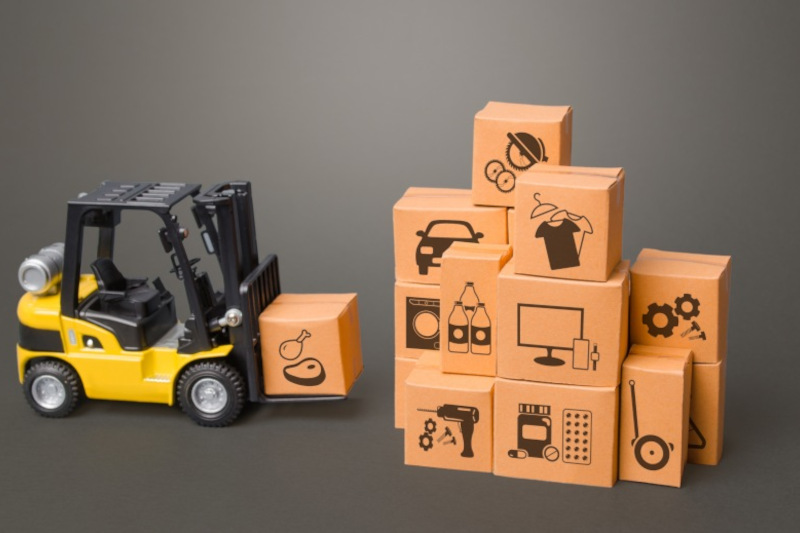Finding the best packaging solutions for your clients is essential every time. But when it comes to food and pharmaceuticals there’s added pressure. Without the appropriate insulation, products are vulnerable to extreme temperatures. Inefficient packaging can have a serious impact, not only on the end-user, but also on your bottom line, brand image and market share.
By tailoring cold chain packaging to your client’s specific needs, you can optimize your cold chain operations, minimize the risk of temperature excursions, and protect the quality and integrity of your temperature-sensitive goods.
Here are six things to consider:
- Active, passive or hybrid cold chain packaging?
There are essentially three types of cold chain packaging, and each has its pros and cons.
The first is active. In this system, products are transported in temperature-controlled containers. The containers are programmed to maintain an exact temperature and can adjust for ambient temperatures. Active containers have electrical cooling and heating systems or cooling via dry ice and must be replenished to maintain the correct temperature inside.
While reliable, active cold chain packaging is expensive to maintain and fix if there is a mechanical issue. However, depending on the product, it could be the right solution.
Passive cold chain packaging uses insulating materials to protect products from ambient temperatures. Examples include expanded polystyrene (EPS), polyurethane (PUR), paper and paperboard, as well as jute, fiberglass, textile, polyethylene and silica.
While significantly less expensive than refrigerated units, there’s a bit more risk of spoilage if a shipment is delayed or the transit time exceeds the packaging’s temperature-control capacities.
The last type of cold chain packaging is hybrid which combines refrigerated units and insulated materials. This approach is often used for extremely temperature-sensitive materials, like vaccines, where there is no margin for error.
- Choose the Right Insulation Material
Common insulation materials include expanded polystyrene (EPS), polyurethane, and vacuum-insulated panels (VIPs). Protective packaging like insulated bubble cushioning is economical, lightweight and customizable. Insulated box liners will help extend the life of heat-sensitive goods during shipment.
Consider the product’s temperature tolerance, shipping duration and environmental factors when making your choice.
- Utilize Advanced Cooling Techniques
Depending on the product’s requirements, integrate advanced cooling methods like dry ice, gel packs, or phase change materials (PCMs). These techniques can help regulate the temperature inside the package more effectively, especially during long-distance transportation.
- Don’t Forget Outer Packaging
Outer/tertiary packaging is just as important as the interior. The outer packaging should offer additional protection to temperature-sensitive goods and be able to withstand the hustle and bustle of transport.
- Always have a backup plan
Expecting the unexpected is critical for cold chains. In an ideal world, everything would run smoothly but there are always factors like weather and natural disasters that are unpredictable. And as cold chain logistics increase in complexity and length of the supply chain, temperature-sensitive packaging is exposed to greater levels of risk.
Have your backup plan mapped out well in advance. Doing so will save you and your client’s bottom lines.
- Invest in monitoring tools
Disruptions in the cold chain can result in product spoilage, but the right monitoring tools can help avoid that. Incorporate temperature monitoring and data logging devices within the packaging. This allows you to track the temperature conditions during transit and ensure that the cold chain remains within the required range. Real-time monitoring can help identify potential issues and prevent spoilage before it happens.
Whatever your cold chain packaging needs, Ivex offers a variety of insulated solutions. We have a vertically integrated streamlined process, multiple locations across North America, and the packaging design talent to take on your most complicated projects. If you’d like to see if we are the right packaging partner for you, don’t hesitate to contact us!




